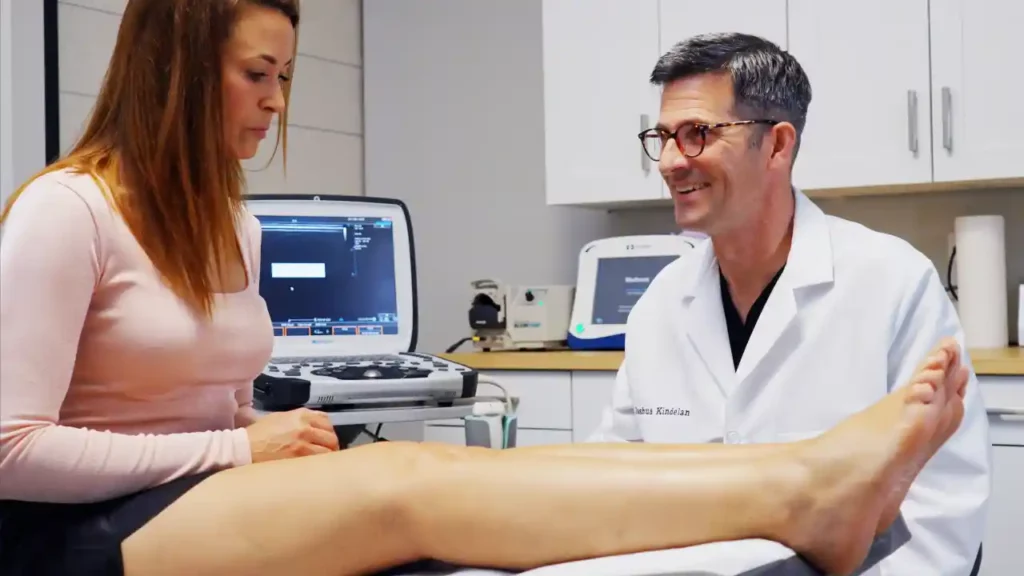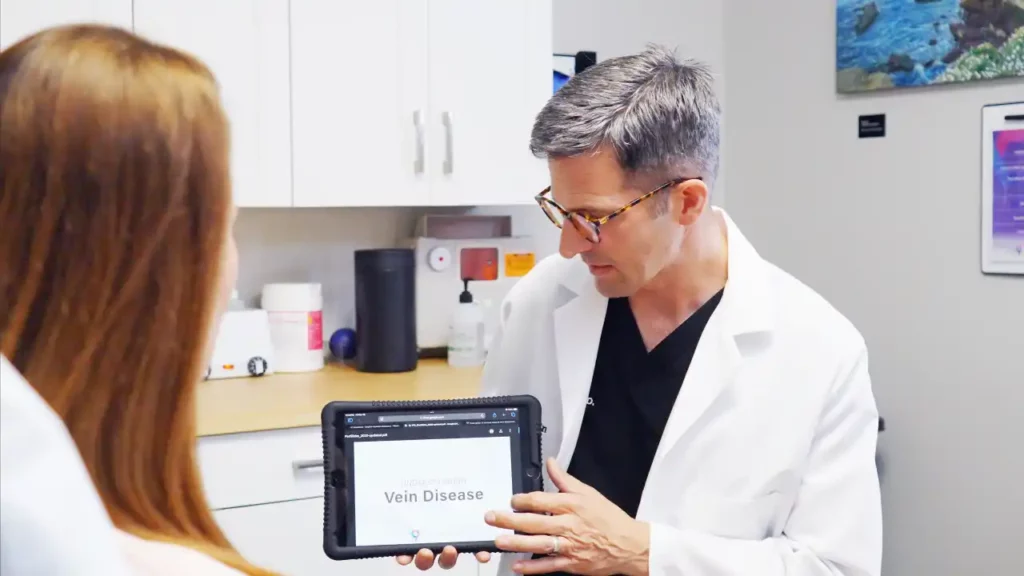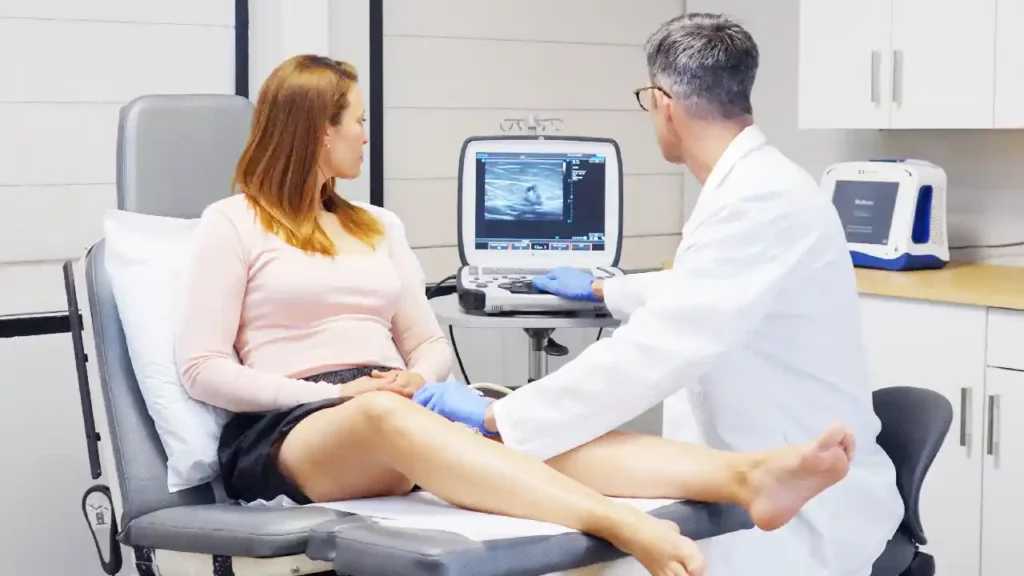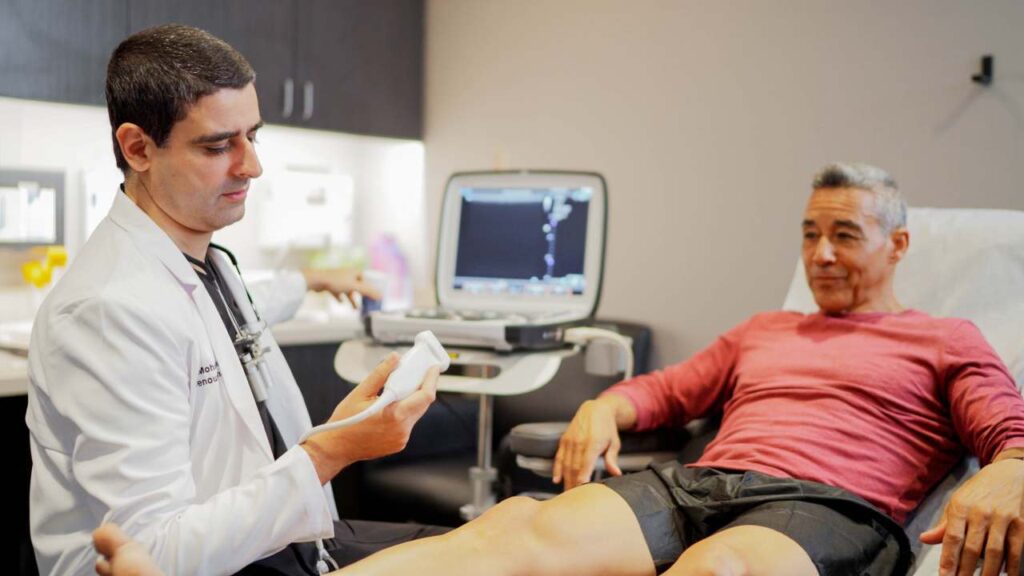Are varicose vein treatments covered by insurance?
Varicose veins are dilated and bulging leg veins that protrude out of the skin’s surface in a twisted and tangled form. Most people assume varicose veins are cosmetic problems and hence not covered by medical insurance, but that’s inaccurate. Varicose veins are often symptomatic of an underlying medical condition known as chronic venous insufficiency, which can cause severe problems.
As such, varicose vein treatments are almost always covered by most medical insurance plans. Our state-of-the-art vein treatment clinics in California accept all medical insurances and provide free insurance verification, so you get a complete overview of your coverage and varicose vein treatment costs before your procedure. Below, we highlight the situations in which varicose vein treatments might be covered by insurance.
You have leg pain, leg heaviness, and other symptoms
Varicose veins are generally asymptomatic, but they can be accompanied by the signs and symptoms of chronic venous insufficiency. You may experience leg heaviness, leg pain, frequent leg cramps, restless leg syndrome, skin discoloration, and other consistent problems. Furthermore, the signs and symptoms of vein disease often worsen at the end of the day or after long periods of sitting or standing still. If you identify these problems, you might be eligible for insurance coverage for your varicose vein treatment.
You can’t perform your daily activities anymore
Varicose veins continue growing if left untreated. They might start in the form of small veins that bulge out of the skin’s surface on your upper thighs. However, if left untreated, the varicose vein lump will continue growing and expanding. The symptoms of chronic venous insufficiency also worsen with time, eventually leading to skin discoloration, skin disease, leg ulcers, and deep vein thrombosis. If you are unable to perform daily activities, you might be eligible for insurance coverage.
You have tried compression stockings
Numerous medical insurance plans stipulate that you must try conservative treatments for varicose veins for a few weeks before undergoing varicose vein treatment. As such, you may have to start your treatment by wearing compression stockings — these are skin-tight garments that apply pressure on your leg veins and push the accumulated blood towards the heart, alleviating the symptoms of vein disease temporarily. We review your insurance options to help you maximize your coverage.
You are diagnosed with chronic venous insufficiency
Varicose vein treatments are almost always covered by medical insurance if you’re officially diagnosed with chronic venous insufficiency, the root cause of most vein problems. Venous insufficiency is a medical condition wherein your vein valves collapse, and blood flows backward to accumulate in your leg veins. Our vein doctors always perform thorough ultrasound diagnostic scans to visualize the direction of blood flow in your leg veins, confirming the presence of vein disease. This documentation supports your insurance claim.
Does Kaiser cover varicose vein removal?
Kaiser may cover varicose vein removal if it’s deemed medically necessary, i.e., you have underlying chronic venous insufficiency. Our insurance concierge will contact your Kaiser providers on your behalf to help maximize your coverage.
Does Blue Cross Blue Shield cover varicose vein treatment?
Blue Cross Blue Shield may cover varicose vein treatment if it’s deemed medically necessary, i.e., you have underlying vein disease. Our insurance concierge will contact your Blue Cross Blue Shield providers on your behalf to help maximize your coverage.
Does Medicaid cover varicose vein treatment?
Medicaid may cover varicose vein treatment if it’s deemed medically necessary, i.e., you have underlying vein disease. Our insurance concierge will contact your Medicaid providers on your behalf to help maximize your coverage.
What is the CIGNA varicose vein policy?
As with most insurance plans, CIGNA also stipulates that varicose vein treatments are covered by insurance if they’re deemed medically necessary. We provide the results of your vascular imaging scans to support your insurance claims and maximize your coverage.
Is spider vein treatment covered by insurance?
Spider veins are dense clusters of reddish blood vessels that appear just underneath the skin’s surface. They don’t bulge out of the skin’s surface, like varicose veins, and they’re not always indicative of chronic venous insufficiency. If your spider vein treatment isn’t medically necessary, i.e., it only removes the visible spider veins without addressing underlying vein disease, then it won’t be covered by insurance.
However, our vein doctors always perform thorough vascular imaging tests to identify the root cause of spider veins. In most cases, spider veins are also symptomatic of early chronic venous insufficiency, which can be proven with ultrasound scan results. As such, you can receive insurance coverage for the treatment of venous insufficiency, and that coverage can often be extended to your spider vein treatment.
What is the varicose veins treatment cost?
The cost of varicose vein treatment depends on numerous factors, such as the location and size of varicose veins, the number of appointments necessary, whether you have underlying chronic venous insufficiency, your cosmetic goals, the chosen treatment plan, and your insurance coverage options. Our vein doctors always consider all of your options to curate a personalized varicose vein treatment plan that fits your budget and minimizes your out-of-pocket costs.
Please contact our vein doctors in California to discuss your varicose vein and spider vein treatment insurance options.







